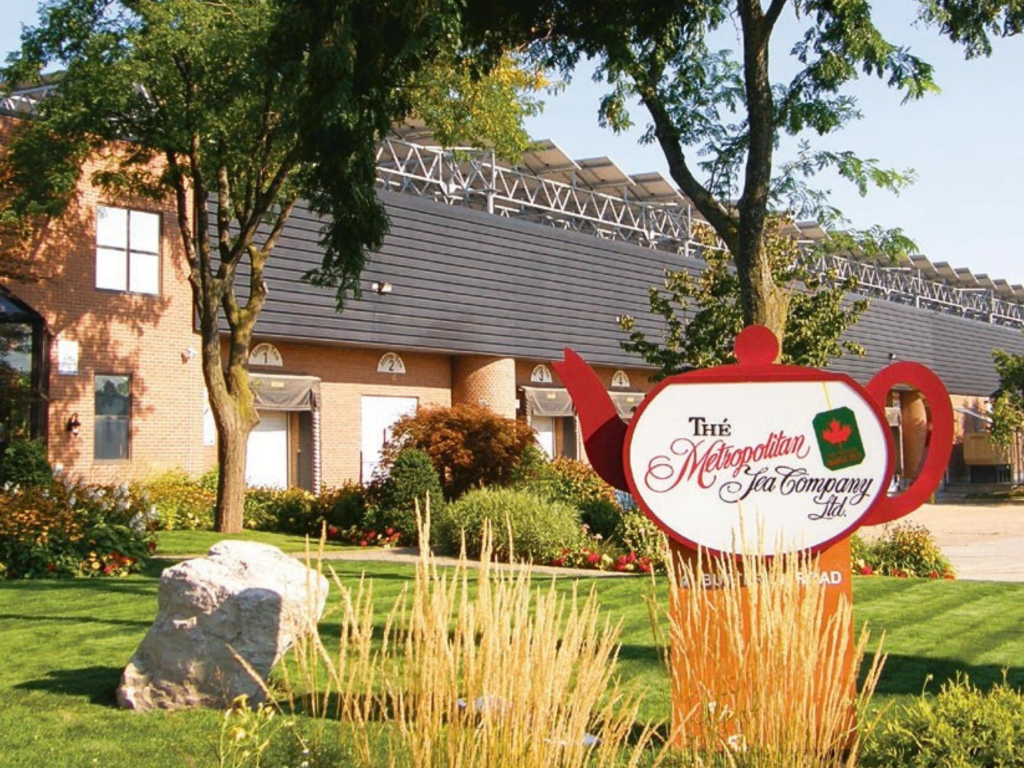TLDR
-
While interest in environmentally sustainable and energy-efficient retrofits is growing in the commercial real estate sector, it can be a challenge for property managers to find attractive returns on investment
-
Beyond savings on energy costs, building retrofits could be incorporated into risk management strategies, as the market shifts and climate resiliency measures become increasingly essential
-
Accurate data on a property’s system lifecycles can help to identify opportunities for cost saving and longer-term returns
-
Financial programs such as federal grant and loan programs and refundable investment tax credits (ITCs) can help to bring down the upfront costs of building retrofits
In late February, RBC co-hosted an event with Deloitte in Toronto that gathered commercial real estate experts to discuss how property managers can “find the value proposition in building retrofits.”
According to panel host and RBC Director of Sustainable Finance, Colin Guldimann, interest in environmentally sustainable upgrades is growing, but actual movement in that direction remains more limited due to the complexity of ensuring financial viability in a volatile political and economic landscape. Put simply: The math on energy-efficient retrofits doesn’t always add up.
“There’s general interest, investors are thinking about the topic, but only a handful are actioning deep retrofit projects themselves,” he says. “It can be challenging to find assets where it makes clear financial sense to make these investments.”
The panelists and speakers brought some of their real-world experience to offer best practices for ensuring the financial viability of sustainable commercial building upgrades.
1. Retrofits are both an opportunity and risk mitigation strategy for real estate owners
When it comes to recouping what can be a significant cost, Guldimann says the most obvious opportunity is energy savings, which can be significant over the lifespan of a more efficient building feature.
There are other opportunities to see value out of retrofits, too. Though it can vary depending on the asset and its location, Guldimann says certain customer segments are starting to offer a premium for more sustainable real estate, while others won’t sign a lease in a building that doesn’t meet certain standards:
“Office spaces are the best example: In places like downtown Toronto, it’s increasingly difficult to lease up spaces that don’t have sustainability measures and certifications. Tenants simply want these features.”
What’s more, properties in those asset classes may be exposed to real financial risk if they fall behind tenant expectations. They also stand to see a significant return on projects that propel the property into a new category of sustainability, like achieving LEED certification.
“The climate is changing and that is having an impact on temperatures, heat events, floods and wildfires across the country, and these assets, which are fundamentally fixed in location, are exposed to those physical risks in a meaningful way,” Guldimann explains. “Building resilience measures into retrofits can help mitigate some of those physical risks.”
When considering the financial viability of commercial building retrofits, it’s important to include immediate returns in the form of energy cost savings alongside both market and physical risk management.
2. Gather data to assess building performance and identify opportunities
For those considering an energy-efficient building retrofit, the first and most important step is engaging in a technical assessment of the property or portfolio’s existing systems.
“In order to properly plan a retrofit, we heard that you need really good data, because you’re trying to replace a low-cost mechanical system with a higher-cost mechanical system,” Guldimann noted, adding that through those evaluations many discover inefficiencies, such as existing systems have more capacity than necessary. “If you can downsize the alternative system, you can save a lot of that capital premium, and to do that you need to know how much capacity the building uses.” Retrofitting outdated systems could also reduce operational costs and increase energy savings.
Before pursuing a capacity downgrade, however, participants highlighted the need to consider the full lifespan of the asset. For example, a recent study by the Toronto and Region Conservation Authority suggests the city will see warmer, wetter weather in the coming decades, meaning infrastructure with a multi-decade life span should be built to withstand those environmental changes.
3. Use your capital planning cycle and system lifecycles to inform your retrofit schedule
Finding sufficient savings to justify the costs of a sustainable retrofit often depends on the asset class, its leasing structure and the lifecycle of existing systems.
“For clients to achieve successful retrofits you need to have an individual asset that has systems at the end of their life,” Guldimann explains. “Whether that’s your enclosure system—like your roof, windows, and walls—or the HVAC system— your heating, cooling and ventilation—or other aspects that you have to replace anyway.”
Multi-property owners typically search their portfolio for systems that are nearing the end of their lifecycle, and upgrade those that need to be replaced soon anyway with a more energy-efficient alternative.
4. Consider the property’s leasing structure
The other key factor that will determine a retrofit project’s financial viability is the property’s leasing structure. In an industrial building lease, for example, landlords typically aren’t responsible for managing heavy equipment, such as HVAC system. “In a multi-family building, like an apartment building, you usually can’t recover the costs,” Guldimann says.
For office and retail spaces, however, landlords can potentially recover retrofit costs as capital expenses, but that depends on the broader market dynamics.
“You need to know how much you can actually charge them back to recover those costs, because it will affect your building’s marketing positioning,” Guldimann says.
“If your tenant’s rent is now higher, but energy costs are lower, how does that compare to the landlord down the street with higher energy costs and lower rent in terms of the total cost of the lease? That’s an important consideration.”
5. Seek financial incentives and support
Commercial property owners looking to give their spaces an energy-efficient upgrade may be able to use incentives, grants and low or no interest loans to help cover the costs.
Experts at the event highlighted the wide availability of grant funding from the federal government, but noted they are often open for short periods and only fund a subset of projects that apply. Guldimann adds that provincial and utility grants could also be fruitful for retrofits.
Ontario, for example, recently expanded its Electricity Energy Efficiency Framework with a $10.9 billion budget over the next 12 years. The program offers direct financial incentives for properties that reduce energy use and to fund energy efficient upgrades like LED light bulbs and heat pumps.
The Canada Infrastructure Bank offers low-interest loans for retrofit projects, too, but generally deploys them via third-party aggregators. Direct lending from the CIB has generally been for large-scale projects rather than individual buildings.
The Government of Canada also offers a Clean Technology Refundable ITC, which covers up to 30% of the capital invested in the adoption and operation of new clean technology property in Canada.
“A retrofit that employs technology like heat pumps or geo-exchange heating that is eligible for investment tax credits from the Federal Government could cover a significant amount of the capital cost,” Guldimann explains. “Heat pumps are pretty expensive, and the government will give you 30 per cent of the cost back on that technology.”
Despite some fear that the Clean Economy ITC program would be scrapped following a change in federal leadership, experts at the RBC-Deloitte event were confident it will remain in some form regardless of which party is in charge, if only to keep up Canadian competitiveness with the American Inflation Reduction Act (IRA).
Opportunities lie in real estate retrofits
Deep energy retrofits won’t always add up on every asset in a company’s portfolio, but there are ways to help make the math work.
While there was much debate over what kind of retrofits make financial sense, and in which assets, one thing was clear: Real estate owners are increasingly grappling with climate change as a business issue, and are seeing opportunity in finding ways to make the math work on lower-carbon, resilient buildings.![]()






